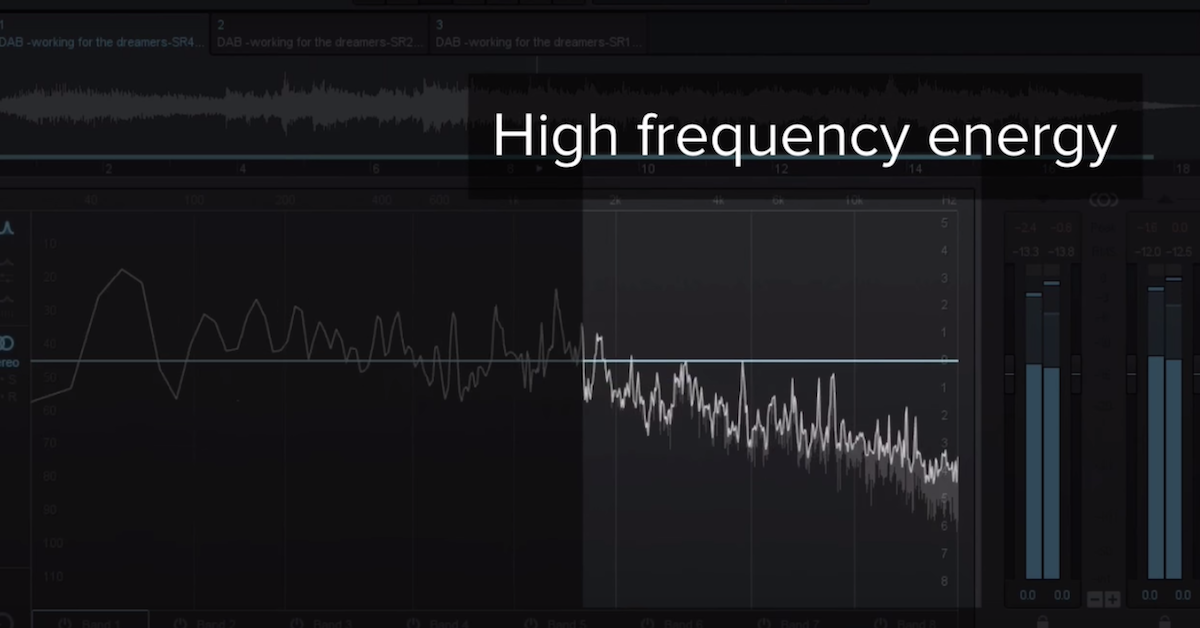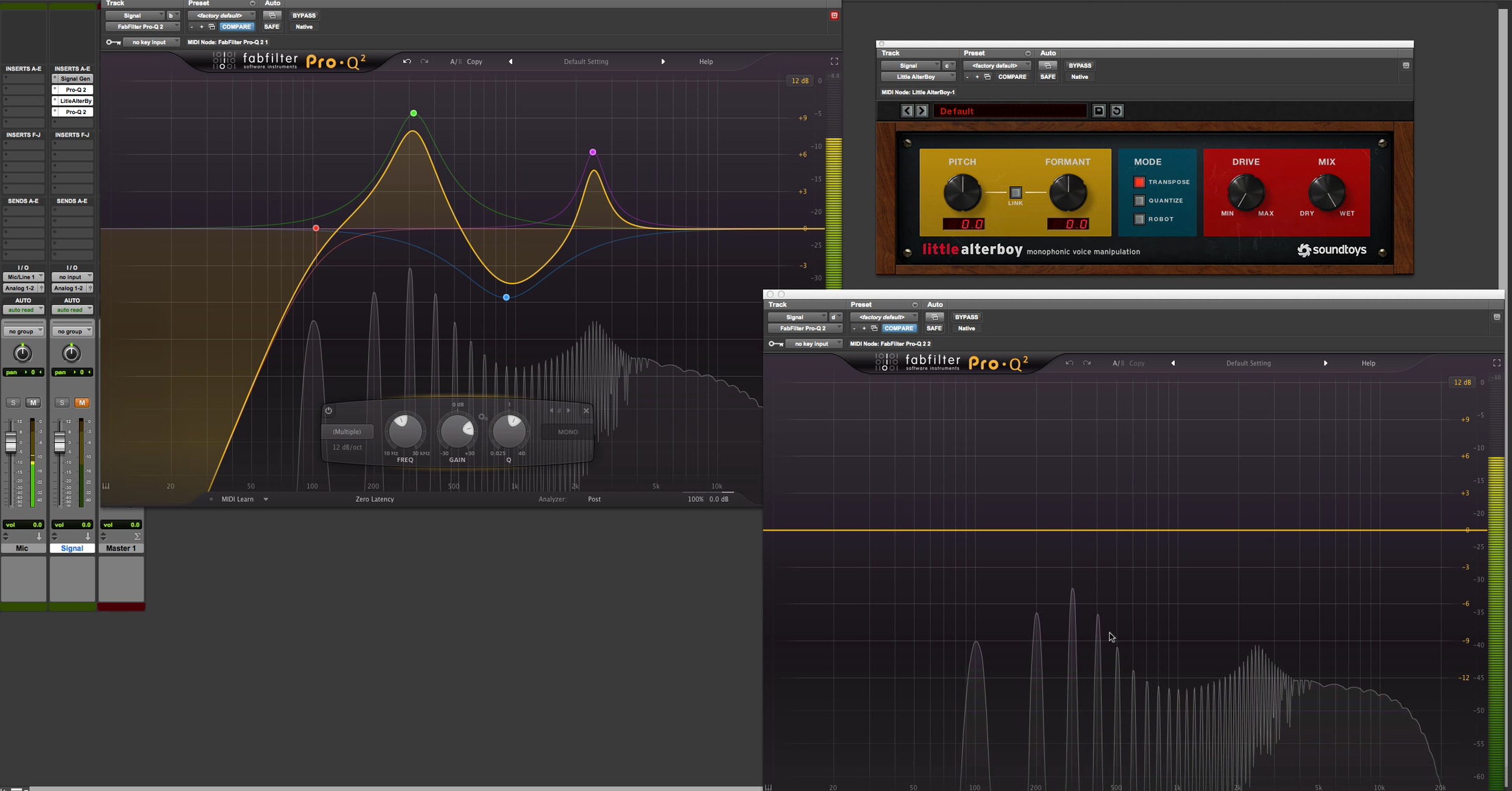How Music Copyright Works: Sampling, Covers, Mixtapes & Fair Use
Article Content
You’ve seen the words “All Rights Reserved” contained in the liner notes of a CD or in the purchasing agreement of an iTunes file. What rights do those words give the copyright holder?
You would probably be able to identify some of them: that the music and the recording are protected by copyright, that the owner of the copyright reserves the right to copy the music, distribute and sell the music, allow others to pay to use the music, and prevent others from making unsanctioned copies of the music.
But what elements of the music are being protected, exactly? Why is it that you hear songs sampled by famous artists, but others get sued for using others’ music? How do cover songs or free mixtapes fit into the picture?
This article is meant to give a clearer picture of what a music copyright protects and how to legally use copyrighted material, with or without permission.
Composition vs. Master Recording
Let’s define the differences between musical compositions and musical recordings, and how the law treats each differently.
A musical composition, which can otherwise be defined as a song, is the piece of music as it exists in its conceptual form. Since 1976, compositions are no longer required to be written down to register a work with the U.S. Copyright Office. In absence of a written work, the best definition of a composition is a constellation of elements including melody, lyrics, rhythm, and harmony wherein the melody and lyrics are the most heavily protected.
A music recording, also called a master recording, is defined as a stereo audio recording in its mastered format, intended for commercial release.
How to Use Copyrighted Material Legally
The law treats music compositions and master recordings differently. A musical composition is seen in the eyes of the law as equal to all other compositions; they are all compensated equally at a rate set by the government. For example, if you cover your friend’s band on your album, that friend is entitled to the same rate of compensation as if you covered Katy Perry, Paul McCartney, or Taylor Swift.
Music compositions do not require permission in order to use them. However, if you decide to use somebody else’s work for commercial purposes, you must credit them and pay them for it. To pay to use somebody’s composition requires a mechanical license, which requires that you pay 9.1 cents per copy sold, paid to the owner of the copyright to the composition.
If you host your work on music streaming services, the mechanical fee is more complicated, but as long as you give credit to the correct composer when you upload the work, the service will make that calculation for you.
Master recordings, on the other hand, are governed by a different set of laws. In order to use a recording for commercial purposes, the owner of that recording (usually a record label) must give permission to license the recording to another party.
The cost of the license is not determined by the government, but by an agreement between the copyright holder and the person licensing the recording. In other words, the copyright holder can charge whatever they want for the use of a recording. This license could involve sampling, or using recorded music in a film or television show.
Sampling
The most common trouble that artists find themselves in occurs from the unauthorized sampling of copyrighted recordings.
In the early 90s, a series of lawsuits over hip-hop samples led federal courts to set the strictest possible precedent for the use of samples: no recordings can be sampled unless the owner of the copyright gives permission and receives credit.
Therefore, if the producer who samples the recording is unable to pay what the copyright holder asks for, the sample must be taken out of the final mix. Famous recordings can cost $50,000 a piece or more to be sampled commercially. But sampling without credit means that the person who used the sample may have to cease selling the song, re-release it without the sample, pay damages to the copyright holder, or even forfeit the copyright to their own song along with all the royalties.
If you’re an artist and your producer inserts an unauthorized sample into the recording, you are on the hook for copyright infringement, whether or not you are aware the sample is unauthorized. So be wise: don’t sample other copyrighted work without written permission.
Interpolation
When an artist or producer can’t get approval to use a sample, or they don’t have enough money to license the sample, they may re-record elements of the music such as the melody or the lyrics to create the effect of sampling the music without using the master recording.
This is called interpolation and can be a cheaper alternative to sampling an original master recording. It still requires the purchase of a mechanical license and requires giving credit to the original composer. But it is almost always cheaper than negotiating a fee for a recording because all compositions are compensated equally under the law.
Fair Use
Fair use is a set of exemptions to U.S. copyright law that allows copyrighted work to be used for educational purposes, news reporting, and other informational context without payment or permission. It also allows for commentary on a piece of work, and an additional exception for non-commercial work.
If a composition is transformed into a completely new work, such as a parody song, it can be considered fair use and exempt from copyright law. But under fair use guidelines, the borrowed work must not detract from the profits of the original work, and it can’t act as a substitute for the original if it were broadcast on the radio or in a club. By these guidelines, even parody artists have to walk a fine line.
For example, Weird Al Yankovic’s parody songs may qualify as fair use, but he still receives written permission to parody copyrighted works, because the process of being sued for copyright infringement can be time consuming and expensive, even if the court were to decide in his favor.
Some individuals believe that uncredited sampling in a hip-hop mixtape is fair use because it’s non-commercial. This is wrong. If you are distributing copies of somebody else’s recording for free, it has the potential to reduce the profits of the original work.
Therefore mixtape artists can’t hide behind fair use. If they avoid a copyright infringement suit — it is by luck alone.
Summary
Music copyrights protect recordings differently than the music contained in a recording. The words, melody, rhythm and harmony combined together may be used without permission, but still must be credited and paid. Recordings, on the other hand, are strictly prohibited from being used unless the copyright holder gives written permission.
The copyright holder may charge whatever he or she wishes for the use of a copyrighted recording. For this reason, artists often re-record melodies and lyrics because it can be done more cheaply. Some exceptions exist to allow legal use of copyrighted works without payment or permission. But these exceptions are rarely able to protect new creative works by commercial artists, even if they are used for non-commercial purposes.
In the end, if you wish to incorporate other copyrighted work into your music, be prepared to give credit and payment — and if you don’t have permission, it’s imperative to leave copyright-protected samples off your recordings.





